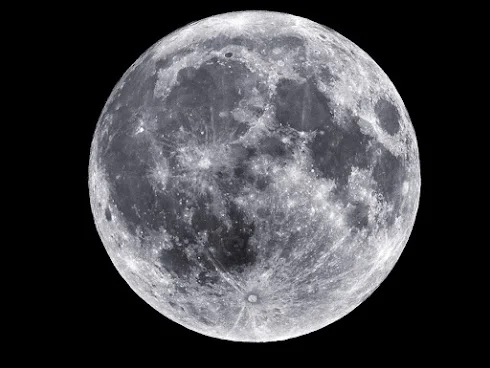November Full Moon Is A Beaver Moon Supermoon
 |
| Full Moon: Credit NASA |
MIAMI, Florida - The November 2024 Full Moon is a Supermoon that will occur on Friday, November 15, 2024, beginning with a moonrise over Florida's east coast at 5:17 p.m. Eastern Standard Time (with a few minutes of variation depending on your exact location).
The Full Moon will technically be 99.7% full at 4:29 p.m. Eastern Standard Time on Friday, November 15, 2024, according to the U.S. Naval Observatory.
November's Full Moon is called a Beaver Moon that also happens to be a Supermoon in 2024.
What is a Supermoon?
According to NASA, a Supermoon occurs because the Moon is in an elliptical orbit around the Earth.
When the Moon is closest, it is at its orbital perigee, which is why a Super Moon is also known as a Perigee Moon.
At its closest point, the full moon can appear up to 14 percent bigger and 30 percent brighter than the faintest Moon of the year, which occurs when it’s farthest from Earth in its orbit.
A full moon at its closest point to Earth definitely will be big and bright. But it won’t look much, if any, different than a “normal” full moon and will not have any readily observable effect on our planet except perhaps slightly higher tides for most areas around the world.
November's Full Moon is the fourth of four consecutive supermoons. The first Supermoon occured in August.
When is the best time to watch the Supermoon?
Low hanging moons near the horizon appear larger to humans. So, the Supermoon will appear biggest to the naked eye on the U.S east coast during and just after the moonrise.
Why is November's Full Moon Called a Beaver Moon and Frosty Moon?
According to the Farmer’s Almanac, Native Americans looked to November's full moon as the signal to hunt beavers for their warm pelts.
Other Native American names for the November full moon are "Frosty moon" and "Freeze moon" related to the cold Winter season.
Full Moon High Tide
For those planning to walk, bike, or run along the beach in Florida, this Full Moon brings along with it a 4 ft. + Atlantic Ocean high tide on the east coast and a 2 ft. + high tide on Florida's Gulf Coast.
